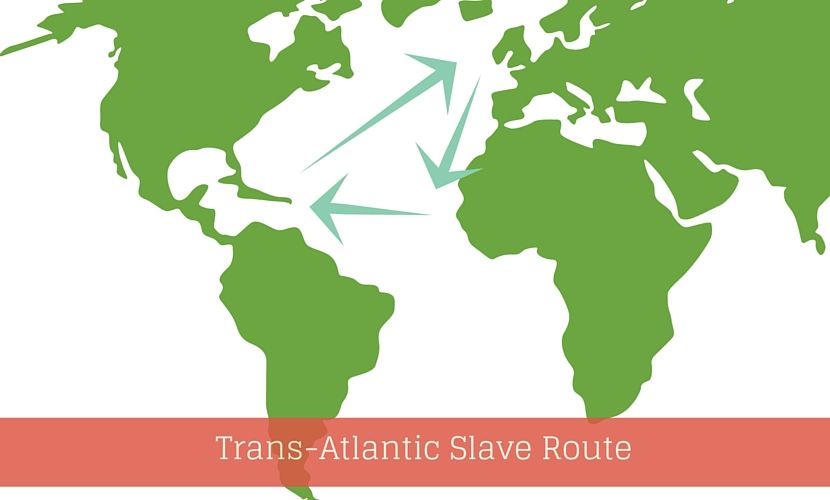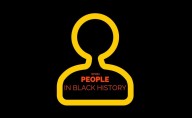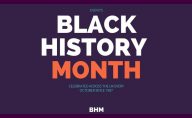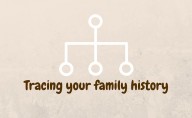
Important Dates during the Trans – Atlantic Slave Trade
Learn more about times and dates of important events during the era of the Atlantic Slave trade.
1555
John Lok, a merchant from London journeys to West Africa and brings African men from the coast of Ghana to England.
1562
First English slave expedition by Sir John Hawkins. Sir John Hawkins, became a sea captain and in 1562 became the first Englishman to start capturing people in Sierra Leone, to sell in Hispanola (Haiti and Dominican Republic) The following year his cousin was Francis Drake, who joined him in these activities. Hawkins was knighted by Elizabeth I. Sir John Hawkins continued on another voyage to the Caribbean and died in Puerto Rico in 1595.
Read more about John Hawkins
1596
Queen Elizabeth I issues a proclamation saying that ‘all Negroes and blackamores’ are to be arrested and expelled from the kingdom.
1600
English East India Company founded, originally to trade in spices from South-East Asia.
Read more on the British East India Company
1621
The first written evidence of Black people being sold in this country. William Bragge claims £6875 from the East India Company for assorted goods, including “thirteen negroes or Indian people” –
1624
British Ship commanded by Captain John Powell lands in Barbados. First English settlement on Barbados follows a year later.
Read more on the history of Barbados
1626
First boat arrives in St. Kitts full of African slaves.
1631
Charles I grants monopoly on Guinea trade to a group of London merchants
1655
British capture Jamaica from Spain
1672
Royal Africa Company is established granting a monopoly on the English Slave Trade.
1698
In 1698, Parliament yielded to their demands and opened the slave trade to all. With the end of the monopoly, the number of slaves transported on English ships would increase dramatically — to an average of over 20,000 a year.
1730
Start of the First Maroon War in Jamaica. British agree a treaty with the Maroon leader Cudjoe in 1739.
Read more about the history of Jamaica
1772
illegal to remove a slave from England against his will Slavery declared illegal in England, ireland and Wales. Lord Mansfield played a key role in ending slavery in England, by his judgment in Somerset’s Case.
1778
Slavery declared illegal in Scotland
1787
Ottobah Cugoano publishes the first attack on slavery written by an ex-slave: Thoughts and Sentiments on the Evil and Wicked Traffic of the Slavery and Commerce of the Human Species.
1789
Olaudah Equiano, freed slave and prominent campaigner against slavery, publishes his autobiography becoming highly influential in the anti-slavery movement, ‘The Interesting Narratives of the Life of Olaudah Equiano’.
1791
William Wilberforce introduced the first Parliamentary motion to abolish the slave trade in Britain and its possessions.
1794
Following a rebellion led by Toussaint L’Ouverture on the island of St. Domingo, the French government abolishes slavery among its colonies. Napoleon Bonaparte then imprisons Toussaint and re-establishes the slave trade in 1802.
1807
25 March 2007 Abolition of the Slave Trade Act.
1833
Abolition of Slavery British Empire Bill passed, with effect from 1834 and providing for up to six year ‘apprentice’ transition £20M as compensation to slave owners
1838
1 August – enslaved men, women and children in British Empire became free
1842
Britain & US signed Webster-Ashburton Treaty, banning slave trade on high seas
Click here more more useful links
slavevoyages.org
Understandingslavery.com



